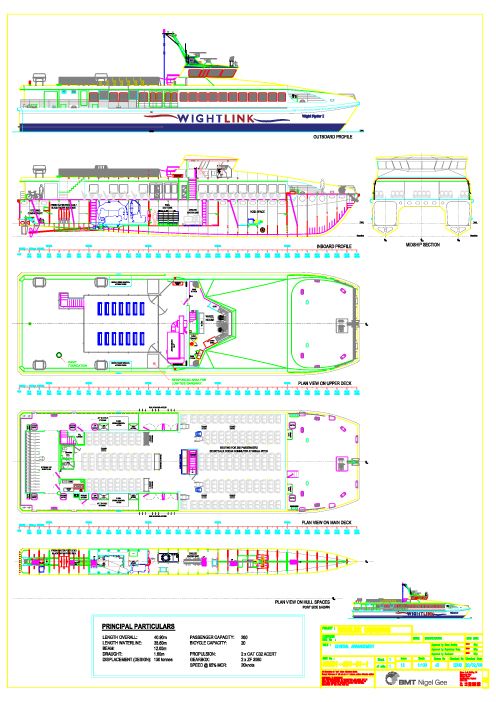COLIN BISHOP looks at Wightlink’s new passenger ferries
Wight Ryder II paints an impressive picture as she backs away from Ryde Pier Head.
A brief history of the route
Enjoy more Model Boats Magazine reading in the monthly magazine.
Click here to subscribe & save.
For most of my life I have been a regular visitor to the Isle of Wight and many of my crossings have been via the Portsmouth to Ryde route which is one of the oldest links to the mainland. Prior to the building of Ryde Pier, landing on the island was a cumbersome affair entailing disembarking first into smaller boats and then into carts as the depth of water off Ryde is very shallow and vast expanses of sand and mud are revealed at low tide. The first pier was opened in 1814 and the basis of the structure we see today dates back to 1881.
The half mile length of the pier enabled passengers to be landed directly from ferryboats and for much of its history, and indeed up until 1969, it was served by a succession of paddle steamers finishing with the Ryde and Sandown, both built in the late 1930s. In 1948 two Denny built motorships, Southsea and Brading, joined the fleet followed three years later by the very similar Shanklin. Sandown and Ryde were retired in 1964 and 1969 respectively leaving the motorships to maintain the service. The Denny ships were a very successful design having an exceptionally wide beam in relation to their length and the last of them, Southsea, survived until 1988 completing no less than 40 years service on this intensively worked route, a tribute to her builders.
Times change however and the capacity of the motorships, which were designed to accommodate the post-war holiday trade to the island, was no longer required with the switch to foreign holidays from the 1970s onwards coupled with increasing car ownership which led to many of the remaining holidaymakers taking their cars on the neighbouring Portsmouth to Fishbourne route rather than using the foot passenger service. 1986 saw the introduction of two catamaran fast ferries built in Tasmania, with the veteran Southsea being retained as a relief ship to cover busy periods and undertake Solent excursions. Our Lady Pamela and Our Lady Patricia, named after the daughters of Earl Mountbatten, provided a very different crossing experience and there were many who lamented the passing of the motorships with their broad promenade decks giving sweeping Solent views. Being shut up inside a sort of maritime airline type cabin was not the same thing at all, although it was faster.
Twelve years later, two new catamarans with waterjet propulsion were introduced. Fastcat Shanklin and Fastcat Ryde were bigger and faster than their predecessors but for various reasons not the big step forward that might have been expected; the older cats remained in service sharing the route and so things remained until 2009.
My own perceptions of the route date back to the late 1950s, travelling on both the paddlers and the motorships, and it was a sad day when Southsea was finally retired to live out a twilight existence with the possibility of preservation gradually slipping inexorably out of reach due to a combination of circumstances which allowed this historic vessel to be lost forever. Ironically, PS Ryde had ended up in a mud berth in the River Medina on the island where she is only now being demolished at the time of writing after slowly deteriorating for over 40 years. I never warmed to the catamarans as the across the Solent trip offers so much to see that being shut up inside the vessel is nothing less than a crime!
My favourite vessel was MV Shanklin which was tragically lost off the Welsh coast in 1981 while acting as an excursion vessel following her sale by Sealink. While she was still in service I obtained permission to visit her for the purposes of making a model. The plans for this, based on the original builder’s drawings, are available from MyHobbyStore ref: MM 1362.
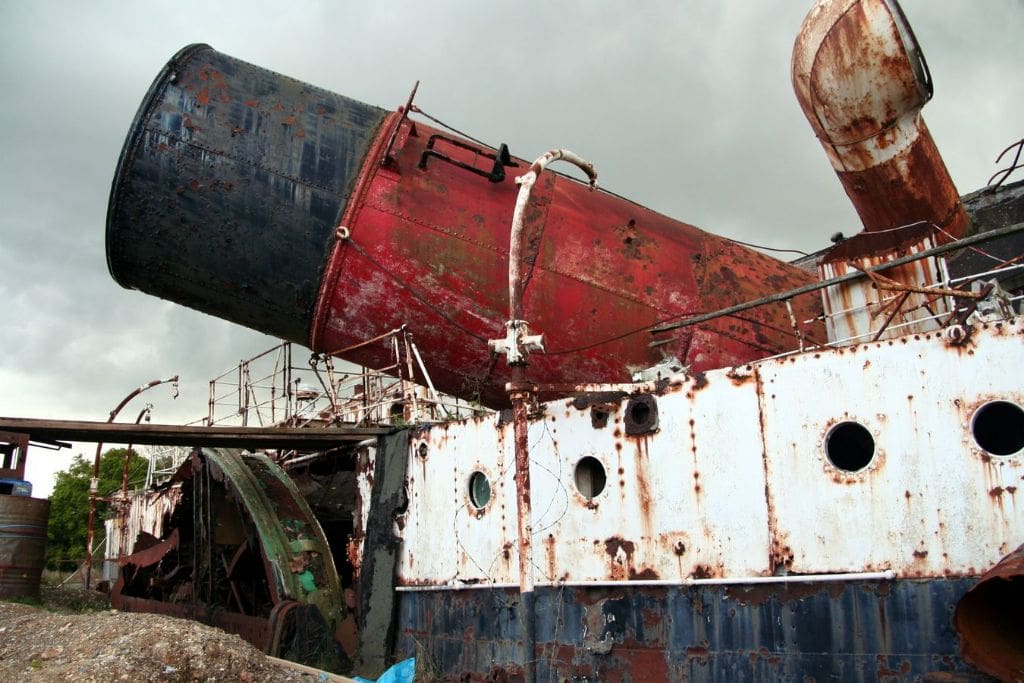
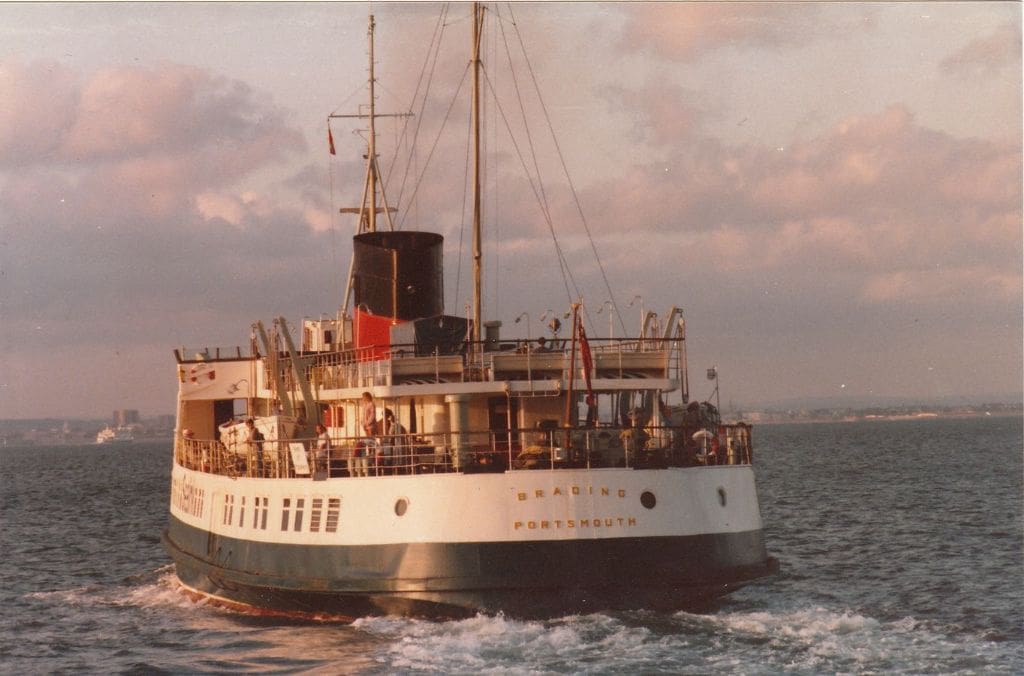
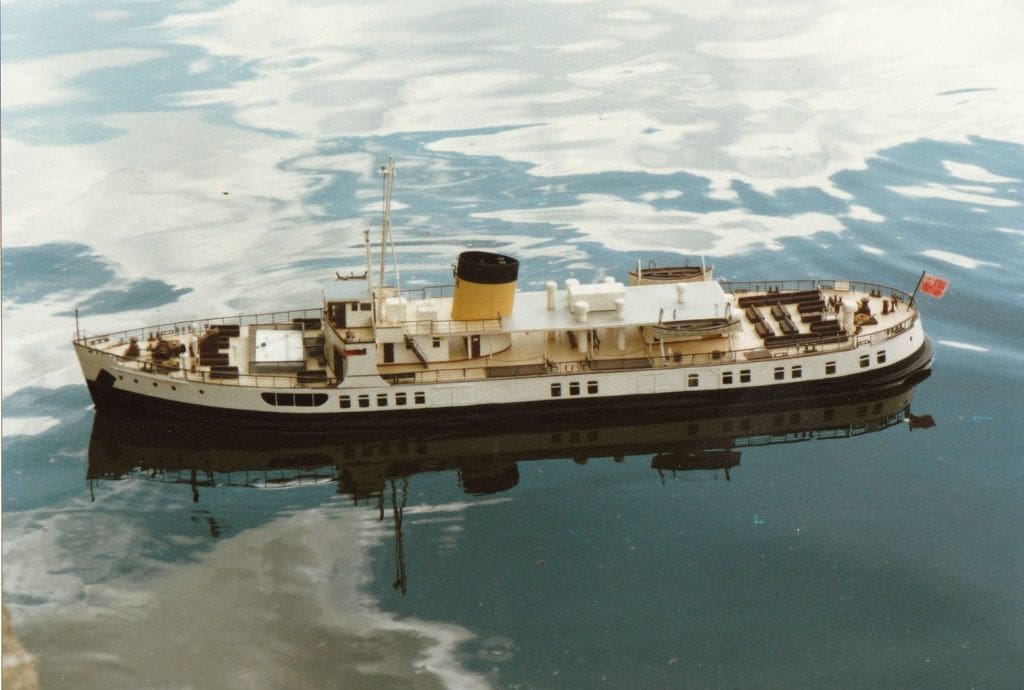
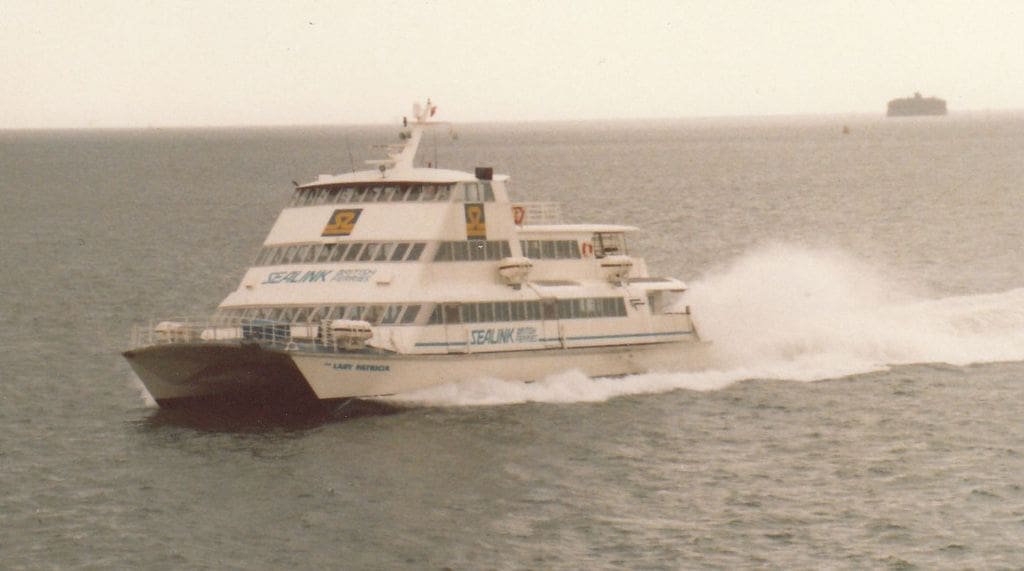
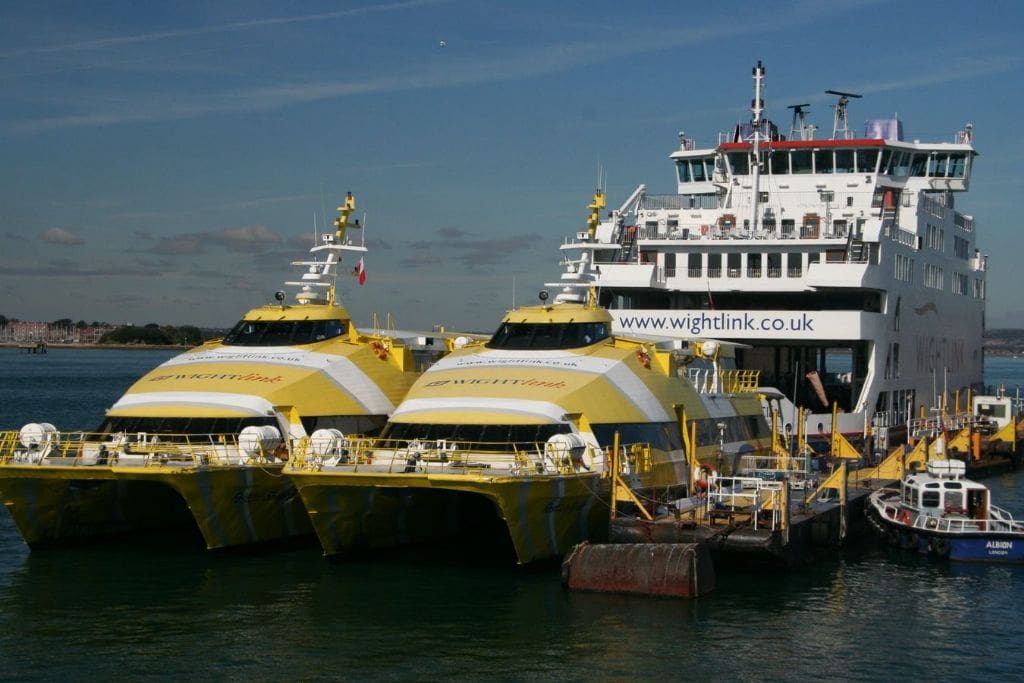
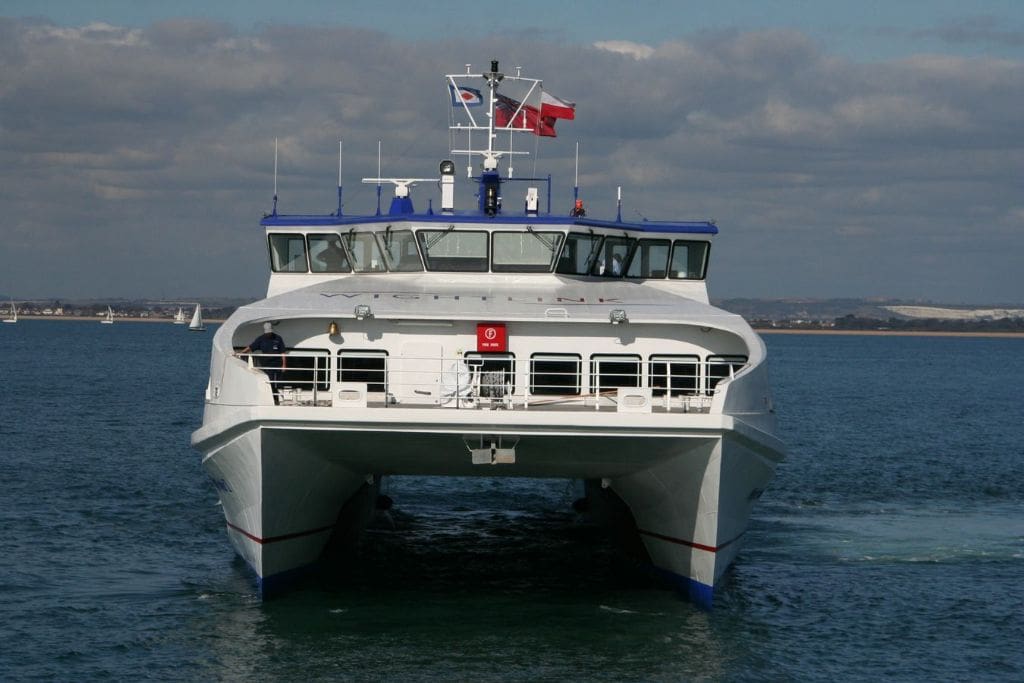
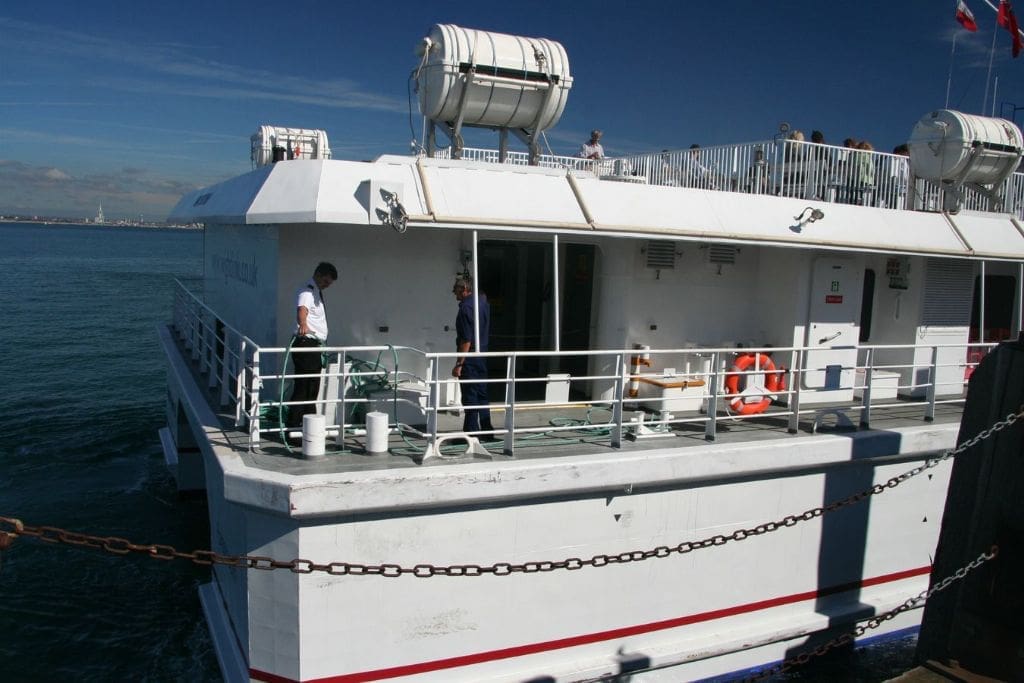
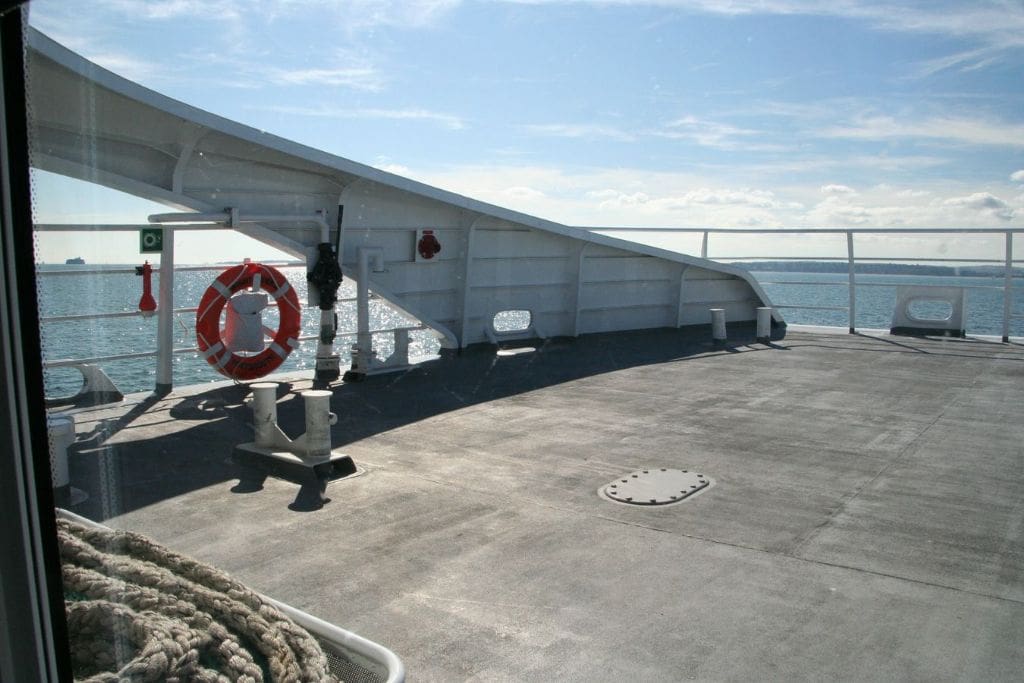
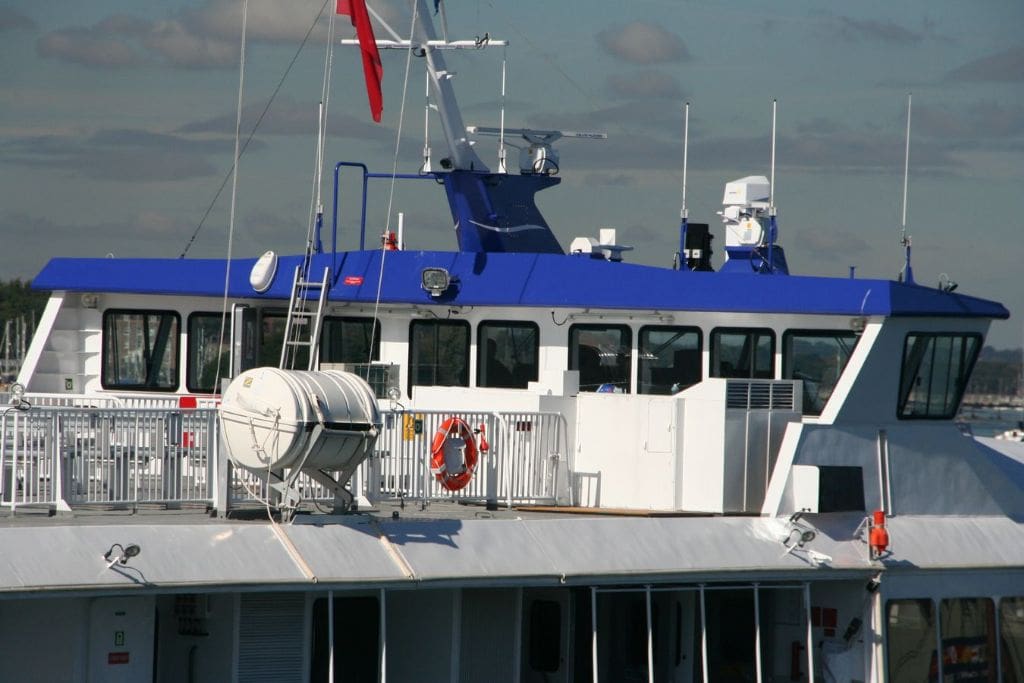
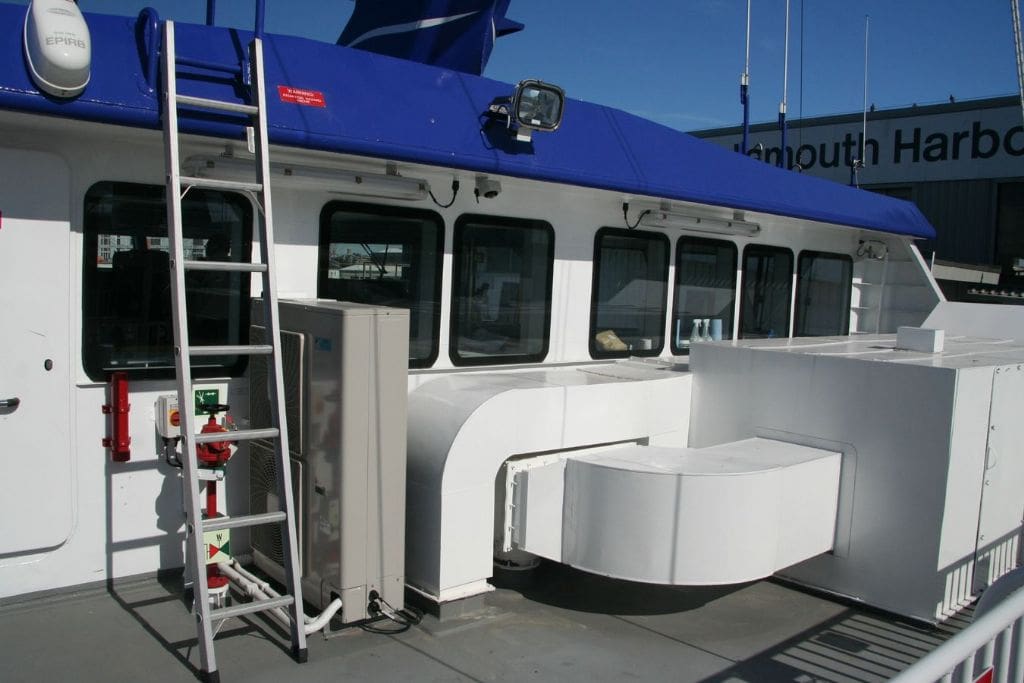
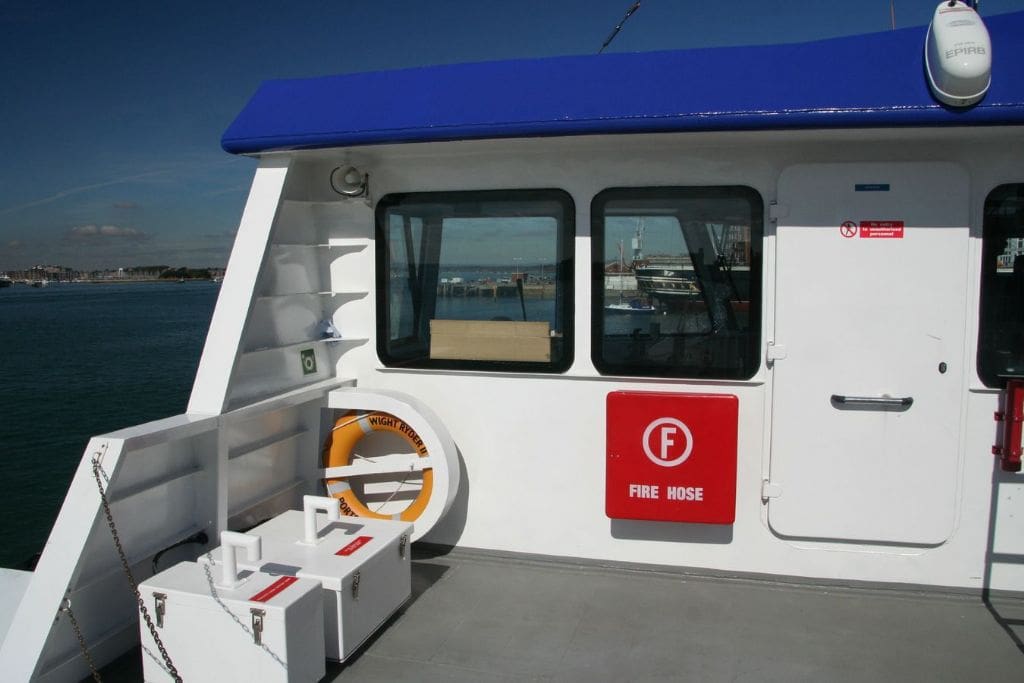
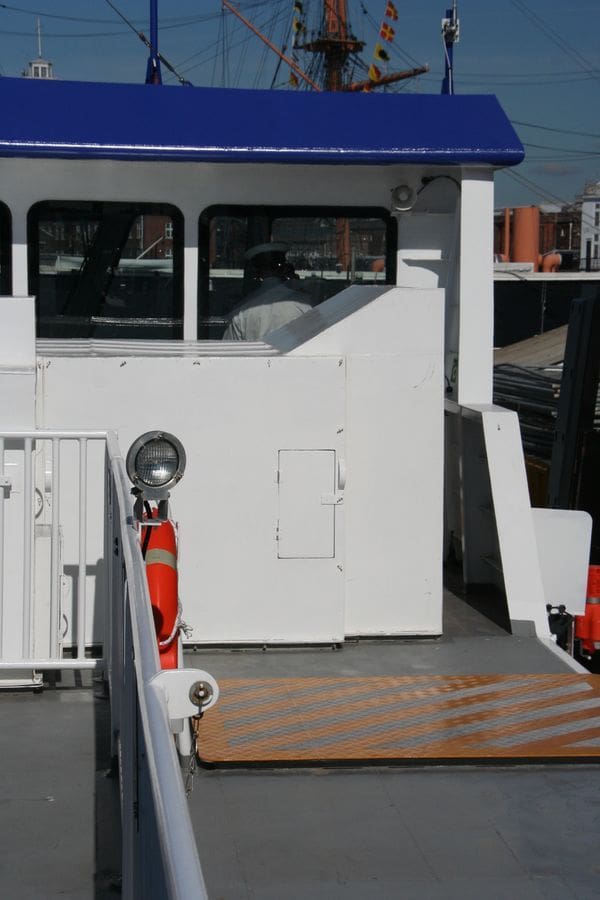
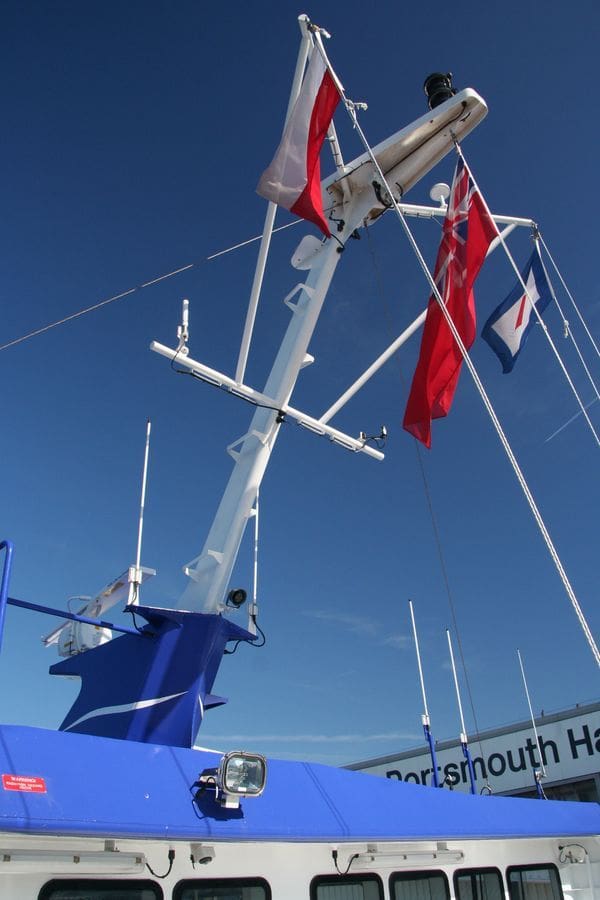
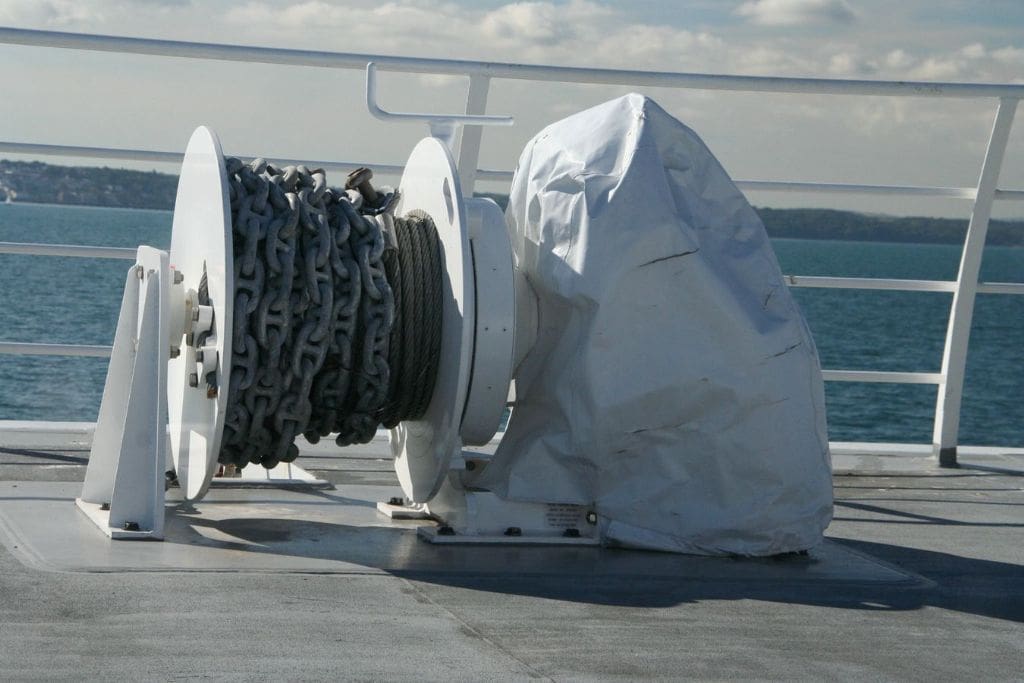
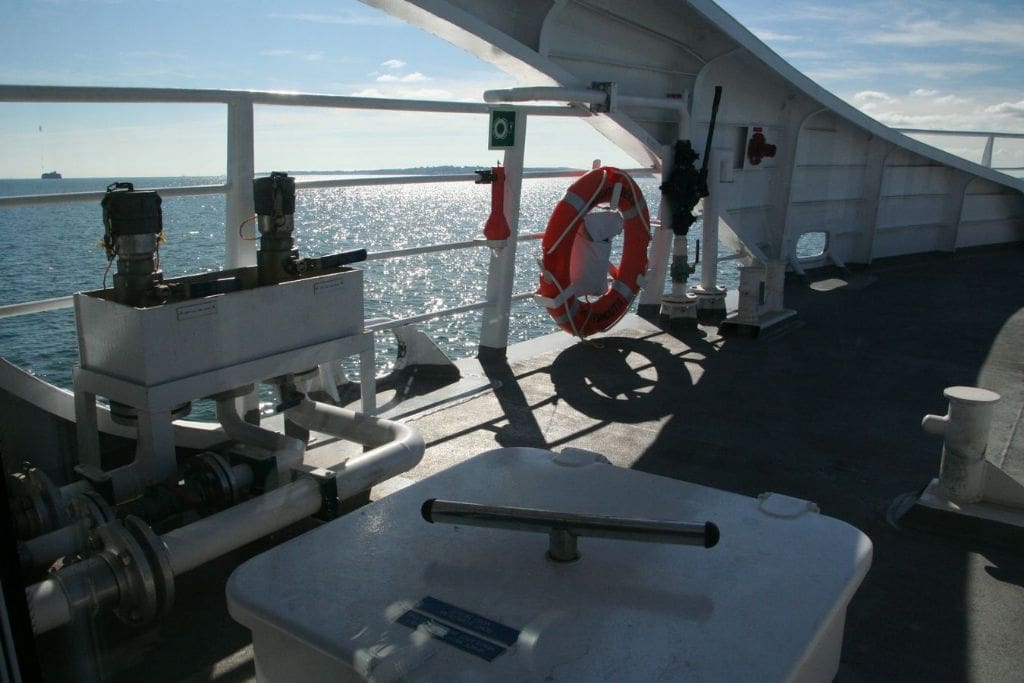
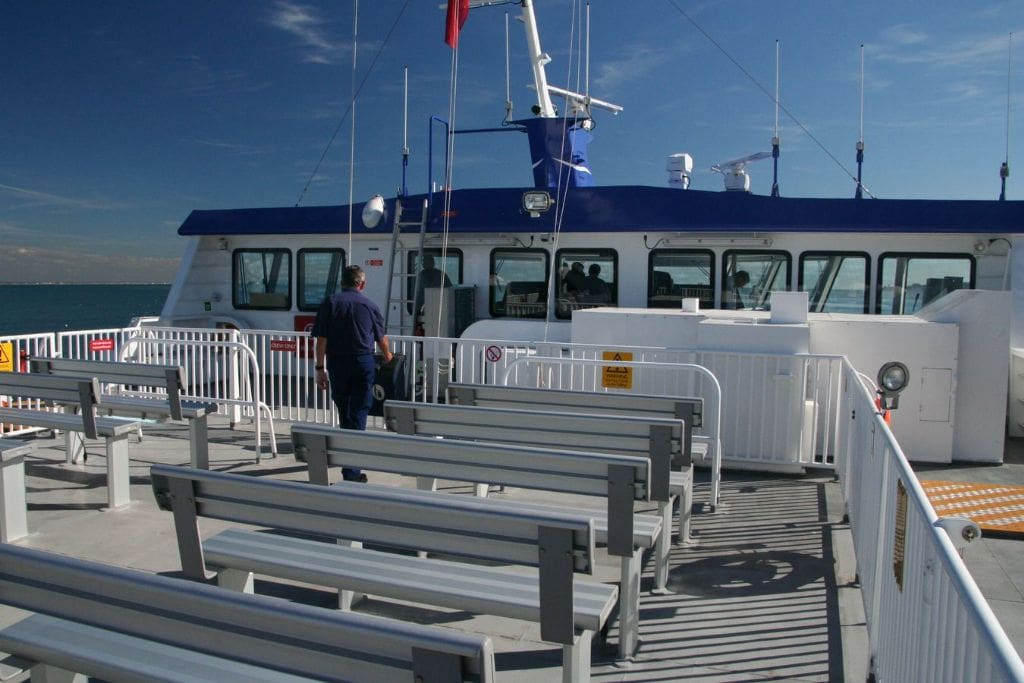
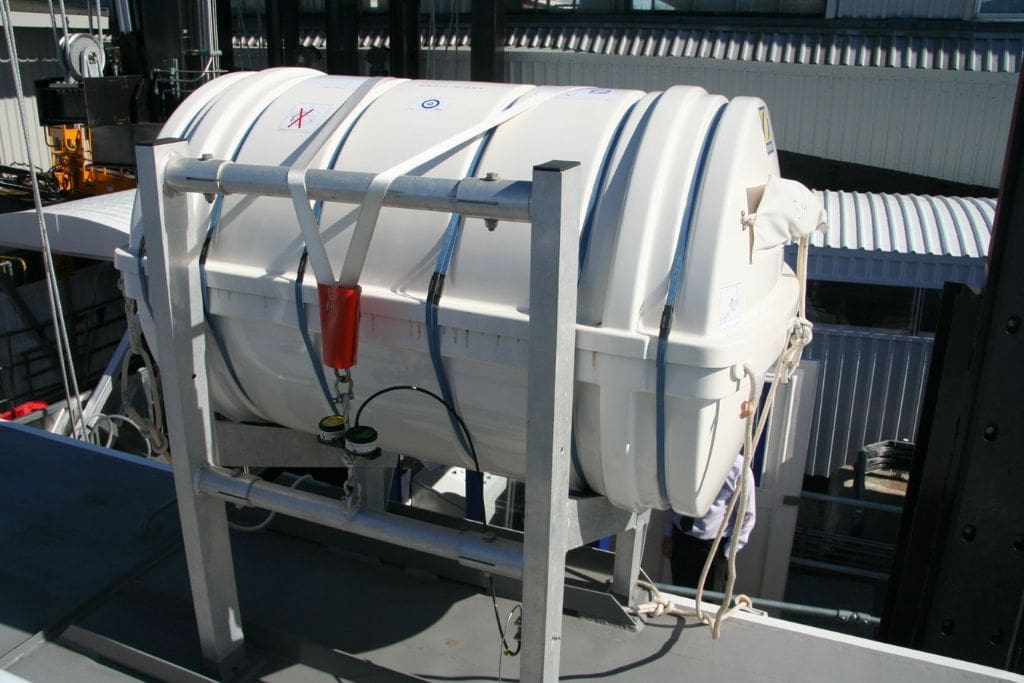
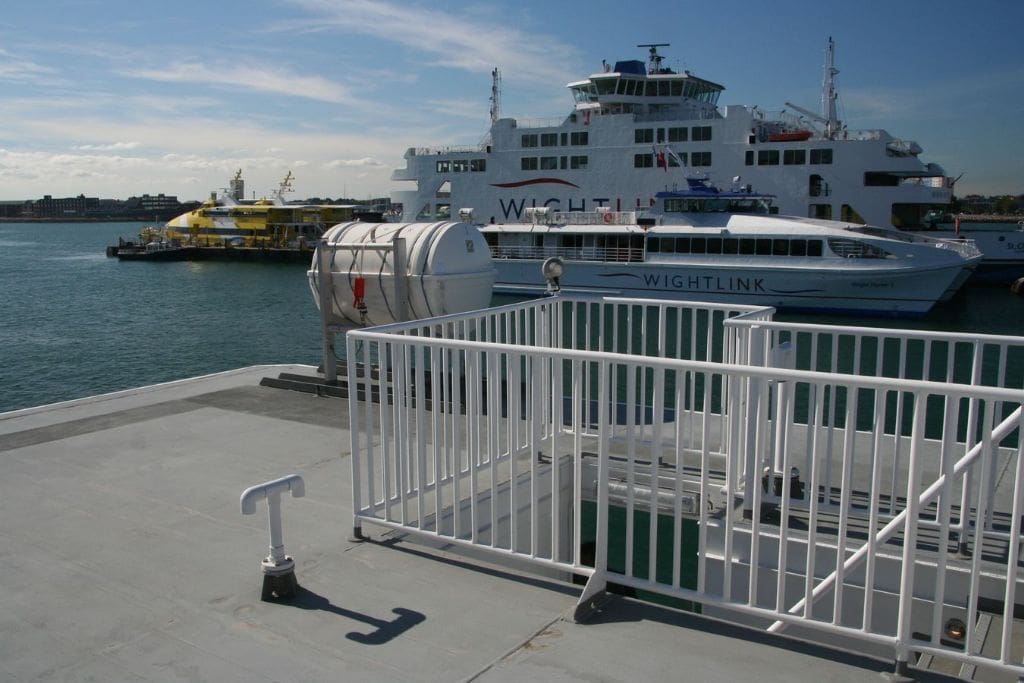
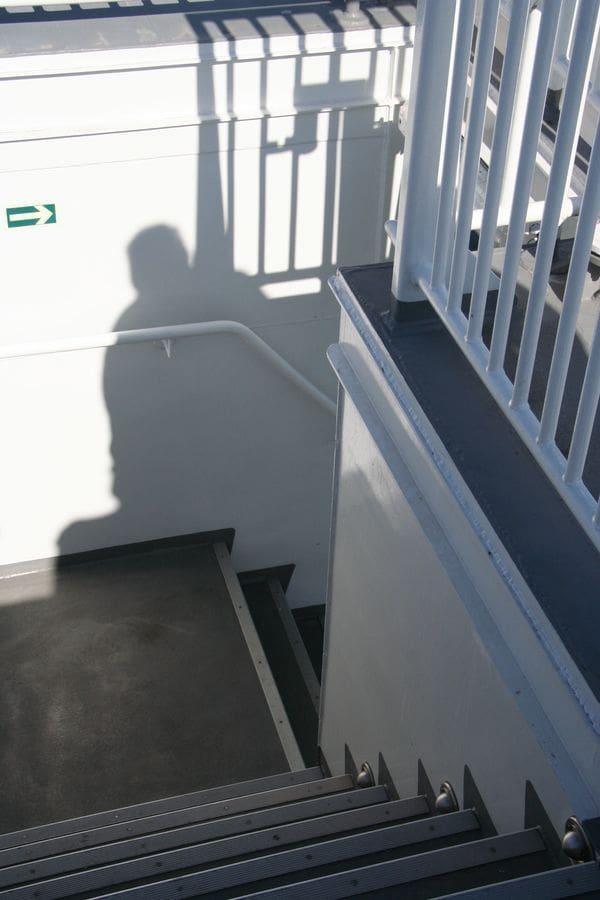

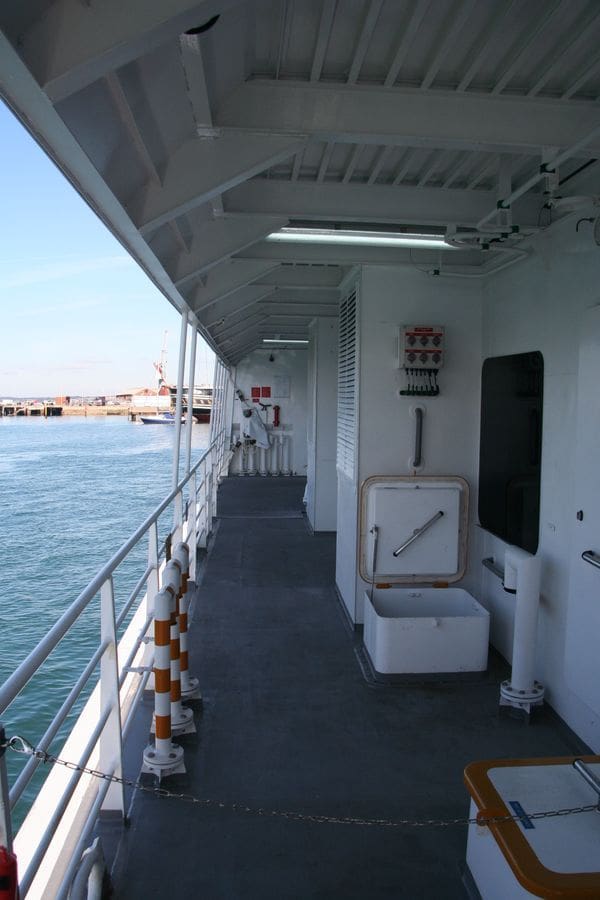
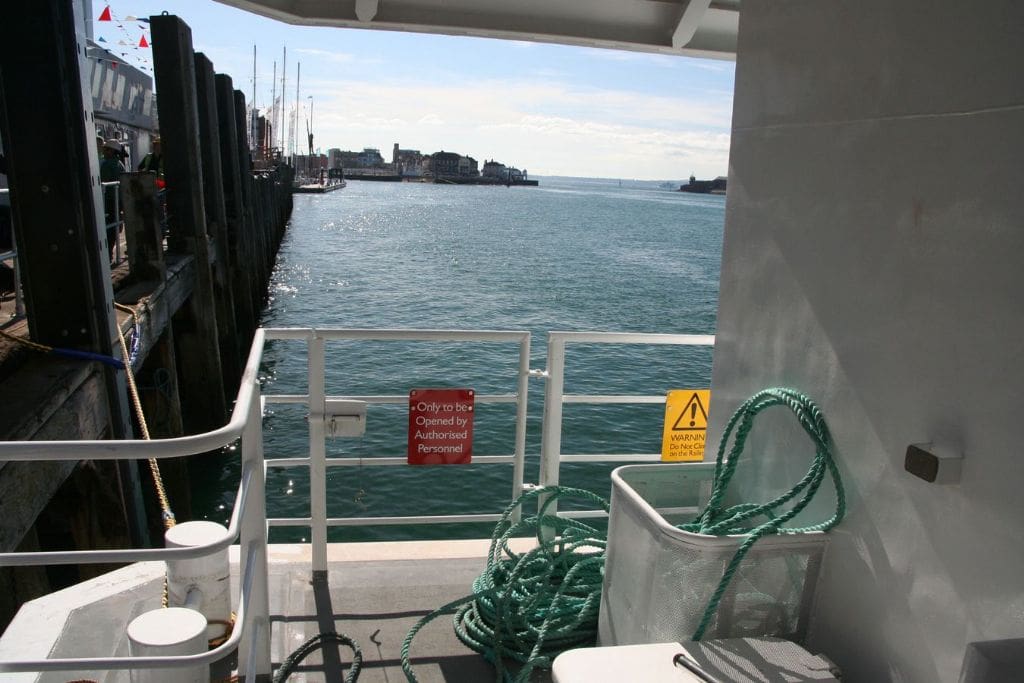
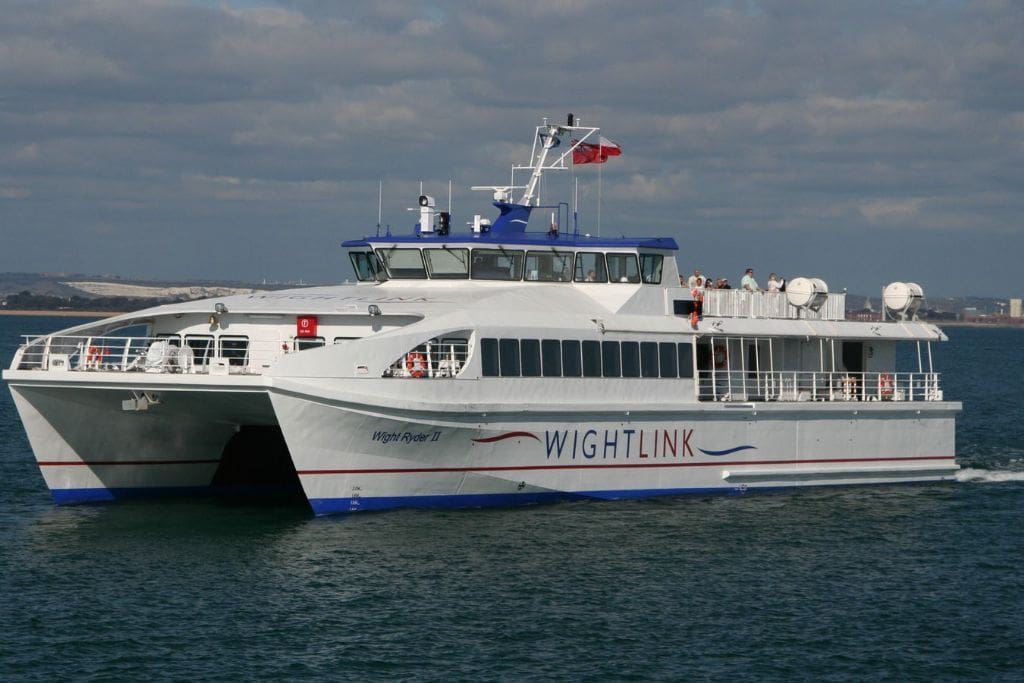
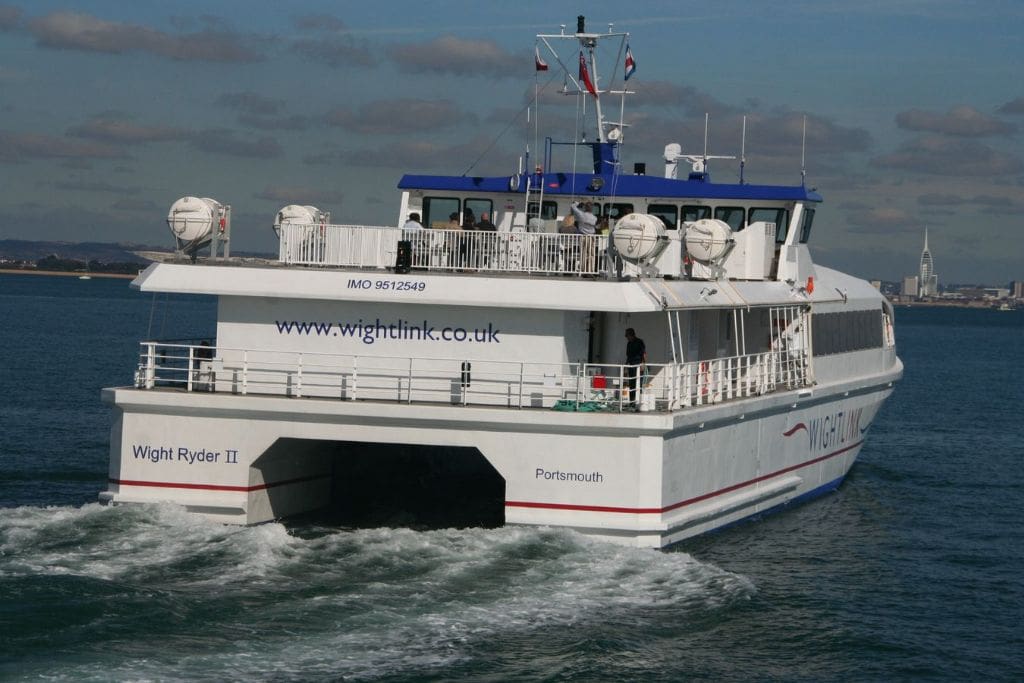
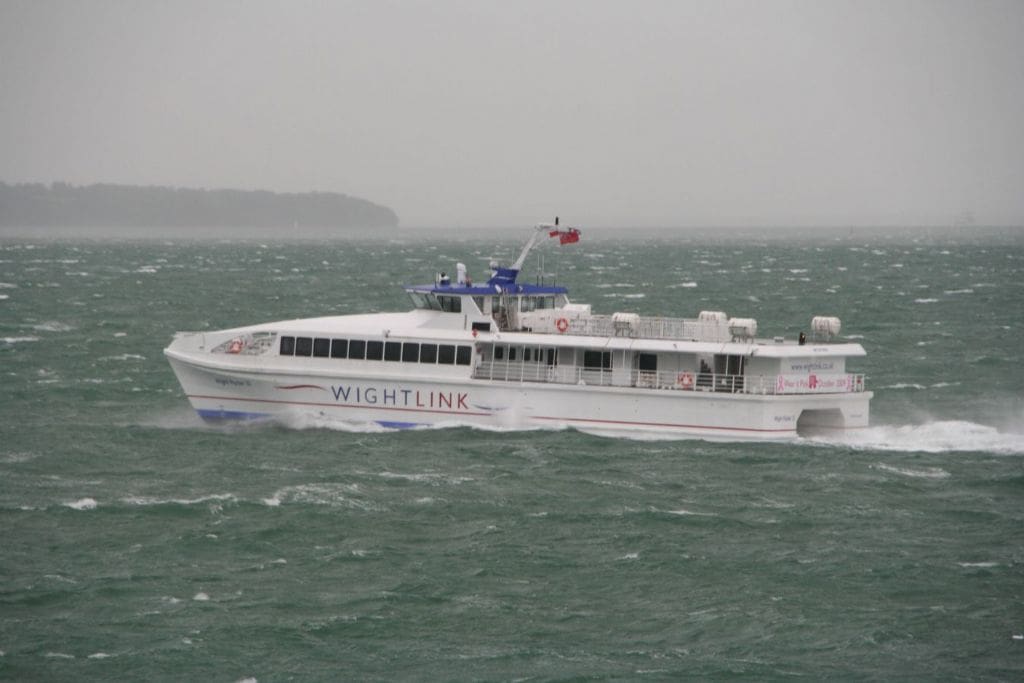
A new approach
Given all the above comments, it was with great interest that I followed the introduction of a new pair of ferries which entered service in September 2009. Wight Ryder 1 and Wight Ryder II are very different to their predecessors despite still being catamarans. They are conventionally powered with propellers and have a much lower top speed, but given that the first part of the crossing is subject to Portsmouth Harbour speed limits, this doesn’t make a great deal of practical difference. But for me and many others, the glorious improvement is that they have an outside sun deck which allows passengers to view the Solent scene unless the weather conditions are bad. While not approaching the promenade deck facilities of the paddlers and motorships, this does go a long way into reintroducing the traditional romance of this historic crossing and is something to be commended.
I took the opportunity to travel on Wight Ryder II on 29th September 2009, her first day in commercial service, which was a beautiful day and brought back fond memories of the motorships which I had last experienced over 20 years previously. Having taken a good selection of photos I subsequently contacted the marketing department of Wightlink who were kind enough to send me a PDF file of the general arrangement of the new vessels and have allowed me to reproduce it for this article. No doubt they would be happy to respond similarly to anyone with a serious interest in constructing a model.
From a modelling viewpoint, the drawing, together with the photos, should enable an accurate model of the Wight Ryders to be constructed which should prove to be a very practical project with the motors and batteries being mounted in the twin hulls and the r/c gear in the passenger accommodation.
The two new vessels have yet to fully prove themselves in service and can never match the experience of travelling on the old paddlers and motorships but once again after many years it is now possible to feel the wind in your face as you survey the ever changing Solent vistas and the variety of shipping that passes along this major national waterway.
General data for the Wight Ryders
Length overall: 40.9m
Length waterline: 38.6m
Beam overall: 12.0m
Draft: 1.6m
Displacement (tonnes): 130
Service speed: 20 knots @ 85% power
Passengers: 260
Built: FMBA Philippines 2009
